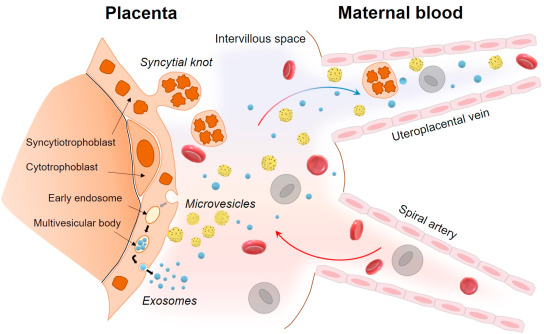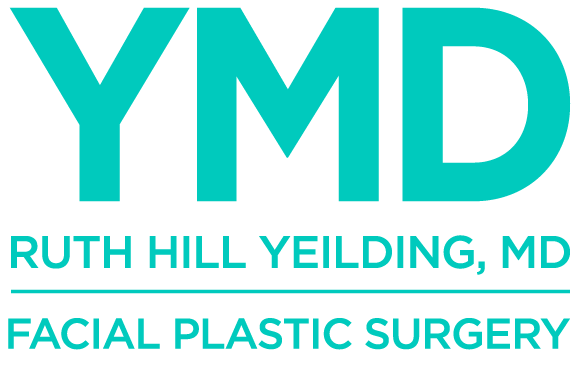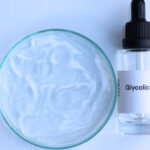Well, that’s where placenta-derived exosomes come in. This new treatment is becoming popular in the world of regenerative medicine, and for good reason—it actually works!
Have you ever wished your body could heal faster and with less pain? What if there was a natural way to speed up recovery, reduce inflammation, and even repair damaged tissues?
Let’s talk about what they are, how they help your body, and why many experts are now combining them with PRP (Platelet-Rich Plasma) for even better results.
First Things First: What Are Exosomes?
Exosomes are tiny, bubble-like structures your cells naturally release. You can think of them as little “messengers” that carry important signals and healing instructions from one cell to another.
Now, when these exosomes are taken from placenta tissue—yes, the same placenta that supports a baby during pregnancy—they come packed with powerful healing properties. That’s because the placenta is made to support life, growth, and protection.
So, what makes placenta-derived exosomes so special?

What’s Inside These Exosomes?
Placenta-derived exosomes are full of natural, healing materials like:
Growth Factors – These help tissues grow, heal, and regenerate. (Examples include EGF and VEGF)
Anti-Inflammatory Agents – They help reduce swelling, pain, and redness in injured areas.
MicroRNAs – These are like smart switches that help control your body’s repair systems and promote faster recovery.
Because they come from the placenta, which is designed to support life, these exosomes are especially effective at calming the immune system and encouraging new tissue growth.
How Do Exosomes Work When Injected?
Okay, so you might be wondering, “What actually happens when exosomes are injected into the body?”
Great question. Once injected into an injured or painful area (like a knee, shoulder, or back), the exosomes jump into action. Here’s how they help:
1. Calm Down Inflammation
Exosomes reduce the “bad” inflammatory signals in your body and increase the “good” ones that help with healing. This means less pain, less swelling, and a faster recovery.
2. Trigger Tissue Repair
They encourage your own cells to grow and move to the injured area. They also help form new blood vessels, which deliver more oxygen and nutrients—both of which are key to repairing damage.
3. Protect Your Cells
Exosomes help stop cell death (also called apoptosis). This means they protect the healthy cells around the injury, keeping your tissue strong and stable during the healing process.
4. Change How Genes Behave
Now this sounds super science-y, but it’s simple: exosomes carry microRNAs that help your genes work better in healing mode. Think of it like flipping a switch in your body from “damaged” to “repair.”
Why Do Experts Combine Exosomes with PRP?
You’ve probably heard of PRP or Platelet-Rich Plasma. It’s a treatment where a small amount of your blood is taken, spun in a machine, and injected back into your body. This plasma is rich in growth factors that help with healing.
So why mix PRP with exosomes?
Because together, they work even better.
Here’s why:
Synergy
The healing powers of PRP and exosomes combine to boost tissue repair and cut down inflammation faster than either treatment alone.
Targeted Healing
This combo works especially well for injuries in joints, tendons, and soft tissues. If you have tendonitis, arthritis, or even a sports injury—this treatment may help you bounce back much quicker.
Natural and Safe
Since PRP comes from your own blood, and exosomes come from safe, screened placental tissue, the treatment is natural and low-risk.
Who Can Benefit From Exosome + PRP Injections?
This treatment can help a wide range of people. You might be a good candidate if you:
- Have joint pain or arthritis
- Are recovering from an injury (like a torn tendon or sprain)
- Have inflammation that won’t go away
- Want to avoid surgery and try a natural option first
- Are an athlete looking to heal faster and get back to your game
It’s always best to talk with your doctor to see if this therapy is right for you. But many people have found great relief—and faster healing—after trying it.

What’s the Procedure Like?
The treatment is usually quick and simple. Here’s how it typically goes:
- Consultation – Your doctor will examine the problem area and decide if exosome + PRP therapy is right for you.
- PRP Preparation – A small amount of your blood is taken and spun in a special machine.
- Exosome Injection – The doctor mixes the PRP with placenta-derived exosomes and injects it directly into the injured area.
- Recovery – Most people feel better in a few days to a few weeks, depending on the injury.
There’s usually no downtime, and you can often return to normal activity soon after.
Why This Therapy Is Worth Considering?
Placenta-derived exosomes are truly one of the most exciting tools in modern medicine. They offer a natural, effective, and scientifically backed way to help your body heal from the inside out.
And when combined with PRP, the results can be even more powerful.
If you’re tired of living with pain, inflammation, or slow recovery, this treatment might be the safe and natural option you’ve been waiting for.








